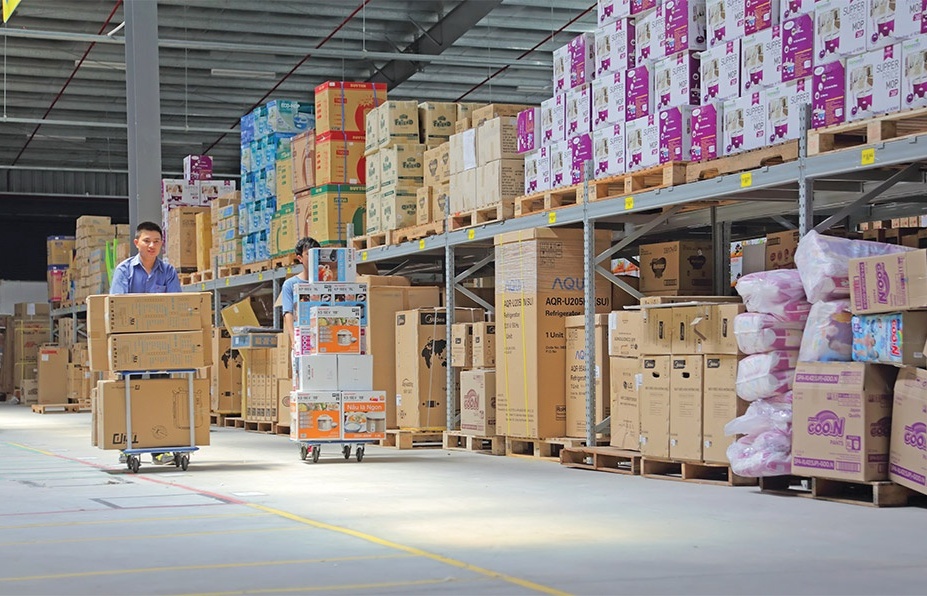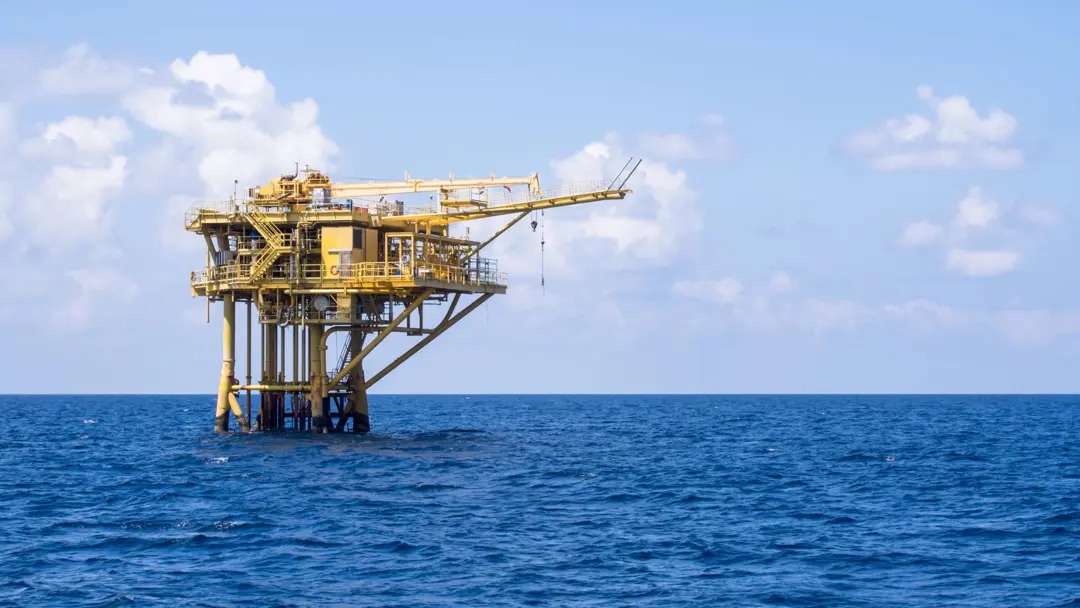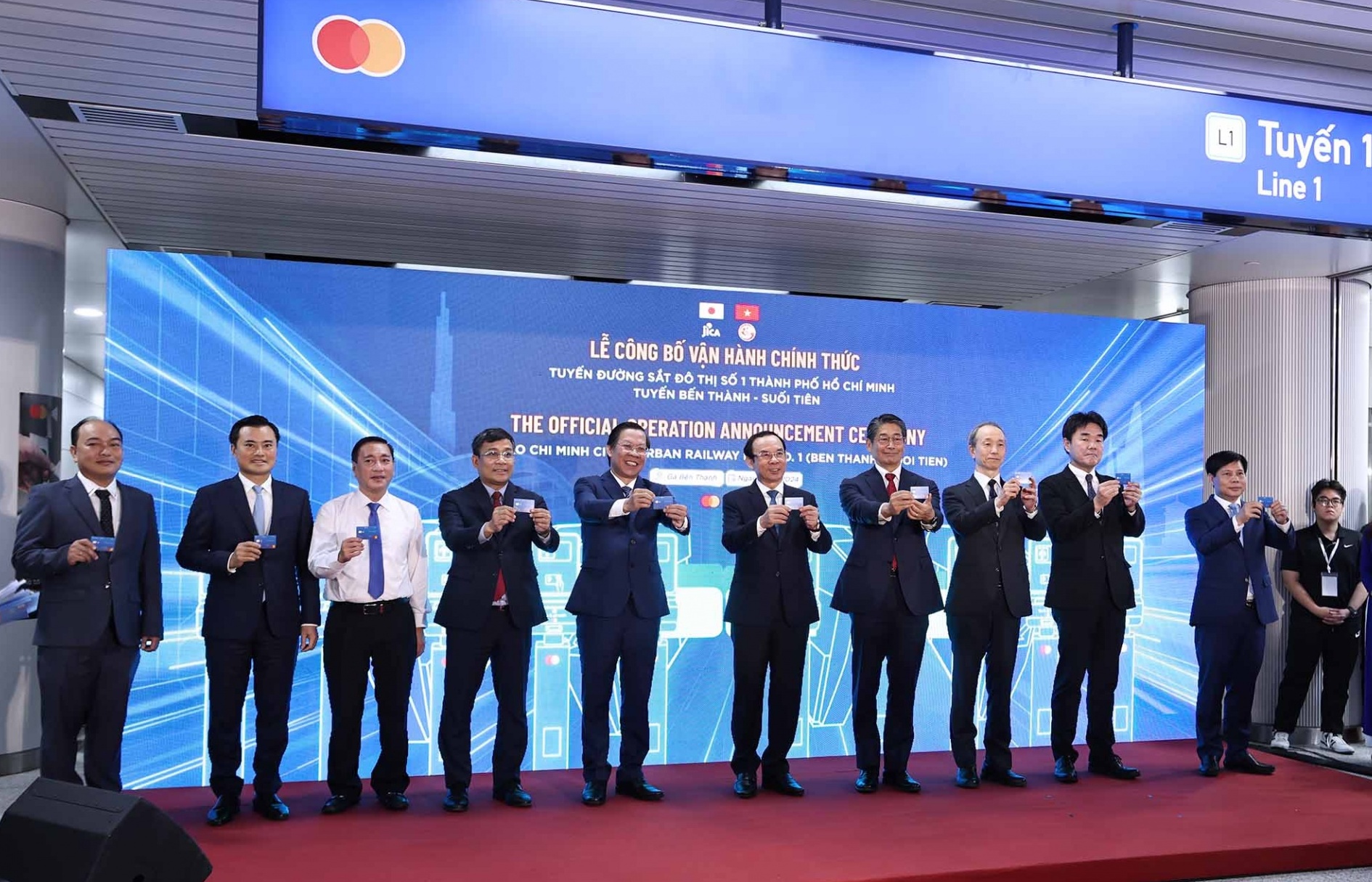Thai cement acquisitions: a questionable decision
 |
On a roll
SCG Cement-Building Materials Co., Ltd., a member of Siam Cement Group (SCG), has just spent $156 million on buying up the shares of Vietnam Construction Materials JSC (VCM).
The Bangkok Post quoted a statement from SCG as saying that the enterprise value (EV) of this transaction was $440 million, including a net debt and additional investments to improve the efficiency of the acquired assets.
VCM has a capacity of 3.1 million tonnes a year. According to SCG, the plant has the potential to be more efficient (by what margin?).
Earlier, on February 28, Siam City Cement Vietnam finished the purchase of LafargeHolcim’s 65 per cent stake in LafargeHolcim Vietnam.
LafargeHolcim Vietnam announced its new name, Siam City Cement Vietnam, with the product brand INSEE, following the example of other LafargeHolcim subsidiaries taken over by SCC in Bangladesh and Sri Lanka.
LafargeHolcim Group cited that LafargeHolcim Vietnam is valued at $890.33 million. The 65 per cent stake must have cost around $580 million.
With LafargeHolcim holding 38 per cent of the Vietnamese market, the purchase is going to bring SCC considerable power.
Losing businesses
The Vietnam National Cement Association, the organisation of all cement producers in Vietnam, earlier this year predicted that Vietnam will have a surplus of cement from 2017 because of the recent increases in production capacity and because cement produced in Vietnam is no longer competitive.
According to the association’s data, as of the end of 2016 the total designed capacity of all cement plants in Vietnam was 88 million tonnes a year. Counting in the plants that are being constructed and expected to start operation by 2018, the capacity would be 108 million tonnes a year. Not to mention that the currently operating ones would be upgrading technology, which would push out production to 120-130 million tonnes by 2020.
Meanwhile, demand in 2016 was 60 million tonnes and is projected to fall somewhere between 82 and 93 million tonnes by 2020.. Nguyen Quang Chung, head of the association, predicted that domestic competition will become more and more heated.
Moreover, exporting has become more difficult with Government Decree No. 100/2016/ND-CP dated July 2016 guiding the implementation of the value-added tax (VAT) law.
The decree imposes an export tax of 5 per cent on exported cement products. The taxes have increased the cost of export by $4.5 per tonne of clinker and $7.5 per tonne of cement based on the average Free-on-Board (FOB) prices of $30 and $50, respectively. In addition, these products are not eligible for input VAT deduction because they are produced from natural resources.
On top of this is the ever growing surplus from other countries that forces down price. In many conferences Vietnamese cement producers have voiced that they are pressured by the price of cement from China, Pakistan, India, and other countries.
In the meantime, multiple Vietnamese cement producers have reported losses and debts.
On March 10, newswire dantri.vn dug out a 2016 report from the Inspectorate of the Ministry of Construction, saying that Vietnam Cement Corporation (Vicem) is deep in debts. According to the inspection conclusion dated October 2016, Vicem and its 20 subsidiaries were almost VND1 billion ($44 million) in debt.
Subsidiary VICEM Haiphong reported VND400 billion ($17.5 million) in accumulated losses. VICEM Danang had VND4.5 billion ($197,300) in accumulated losses.
As of August 2016, VICEM Hoang Mai owed VND2 trillion ($88 million) in dividends. Halong Cement incurred an average loss between VND400 and 600 billion ($17.5-26.3 million) each year after starting operation in 2010.
Earlier this month, the Tuyen Quang People’s Committee announced the auction of its 3 million shares in Tuyen Quang Cement JSC at VND3,200 (14 US cent) apiece, significantly lower than the book value of VND10,000 (44 US cent). Even at this discount price the public doubted anyone would buy because the company has been reporting consecutive losses for the past three years. As of the end of September, the company’s accumulated loss was VND264 billion ($11.6 million), with liabilities at VND385 billion ($17 million).
With the current status of the Vietnamese cement market and newly passed regulation that make it more difficult to export cement than before, one may question the economic sense of the recent acquisitions.
| RELATED CONTENTS: | |
| Siam Cement Group acquires construction material company in central Vietnam | |
| LafargeHolcim Vietnam no more | |
| Tax code bogs down exports: VN cement firms | |
What the stars mean:
★ Poor ★ ★ Promising ★★★ Good ★★★★ Very good ★★★★★ Exceptional
Latest News
More News
- E-commerce race heats up with new player entering arena (December 19, 2024 | 16:03)
- Interest must rise for carbon exchange (December 19, 2024 | 16:00)
- Limitations abound for domestic EV carbon credits (December 19, 2024 | 15:00)
- Businesses pivotal in offsetting carbon measures in Vietnam (December 19, 2024 | 13:00)
- Coordination key for circular economy (December 19, 2024 | 10:56)
- Vietnam’s first logistics laboratory established (December 19, 2024 | 08:00)
- Masan Consumer Holdings honoured with consecutive "Great Place To Work" certifications (December 18, 2024 | 16:55)
- SABECO’s research facility a dream for its brewmasters (December 17, 2024 | 10:30)
- Digital twins reshaping Vietnam's logistics and supply chain landscape (December 17, 2024 | 09:34)
- Enterprises awarded for pioneering innovation to attract talent (December 16, 2024 | 16:43)


















 Mobile Version
Mobile Version